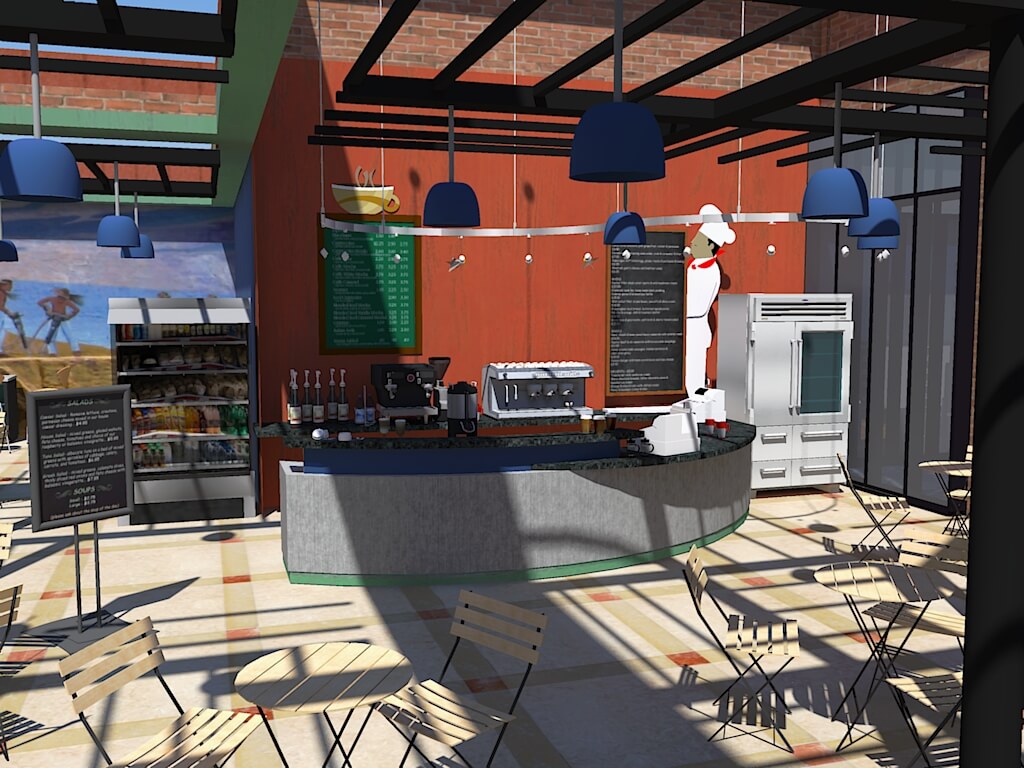


There is a heck of a lot of stuff that goes wrong on any particular day – and if something can go wrong it will.įinally, there are so few barriers to entry that there is a constant threat of competition. Those are the places where most of those £3 frocks are made, and it is getting increasingly hard to rely on them.Īt the other end of the spectrum, Klarna, the “buy now, pay later” giant, is laying off staff as the sector retrenches, and since the typical fast fashion customer doesn’t actually have a lot of money that will hurt as well. The zero-Covid policy in China has closed down factories, Sri Lanka is tumbling into economic and political chaos, and in Turkey inflation is soaring past 70pc. Next, they are reliant on brittle supply chains. The brands are constantly at the mercy of a handful of changing fads in which popularity can disappear in a few seconds and the sales with it.

Instagram is not the most stable or consistent of forums. First, while many of the brands did brilliantly to sign up celebrities, and to recognise the power of social media influencers to persuade customers to buy one product or another it has turned out to be very hard to control the medium. So what went wrong? There are three big problems with the fast fashion business model. Here was one part of the emerging digital economy where the UK was a world leader. At its peak Asos would have been in the FTSE 100 had it been part of the main market at the time, and overtook M&S in value way back in 2017. The story was a compelling one, and one that plenty of investors were happy to buy into. Unlike the legacy high street retailers, with their overheads, punishing taxes to pay, and ranges that were typically a few months out of date, the online fashion houses were built for the smartphone generation, shipping cheap and cheerful clothes, make-up and accessories to a loyal customer base, cutting costs to the bone, shortening delivery times, and making bumper profits. Asos, the market leader, is down by 69pc since last May: a company that was doing well enough to buy the Topshop brand is now in steep decline. The Hut Group, with a vast range of online offerings, is down by 73pc over the past year. Its shares are down by 73pc in the last year as it struggles to maintain sales and deals with criticism of conditions at its factories. Boohoo, one of its leaders, stumbles from crisis-to-crisis. The once booming British fast fashion industry is in big trouble. It is possible that no one apart from a few teenagers will notice its passing. Whether a buyer emerges, or it has to be closed down, remains to be seen. Over the last year, the distressed investor Alteri has pumped millions into the business to little avail, and it is now about to be placed into administration. Its founder, Nitin Passi, was one of the star entrepreneurs of his generation. Once a pioneer of selling cheap fashionable clothing largely through social media influencers, by 2015 its sales had soared past the £100m barrier and it was signing up celebrities such as Nicole Scherzinger – okay, okay, I admit I had to Google her as well but apparently she is quite big – to promote its brand. Missguided has been struggling for more than a year. Fast fashion may once have seemed like the route to fast profits, but right now it seems to be facing a fast death instead – and the sector can’t be surprised if no one wants to invest in it. In reality they are too dependent on fickle social media they are easily blown off course by disrupted supply chains and there are few barriers to entry leaving them wide open to competition.

From the tumbling value of its rival Boohoo, to the painful decline of The Hut Group, and the market leader Asos, the entire internet fashion industry is in trouble. And yet there is a wider story behind its collapse. True, it may have been mismanaged as well as Missguided, and made plenty of mistakes along the way. And yet now it is on the brink of administration. Rewind just a few years, and the online clothing retailer Missguided was one of the rising successes of British business. And it captured a hip, young aesthetic with a range of fashionable, accessibly priced clothes aimed at a young female audience. It launched collaborations with prestigious American department stores such as Nordstrom. It had the backing of a small army of celebrities, bloggers and influencers.


 0 kommentar(er)
0 kommentar(er)
